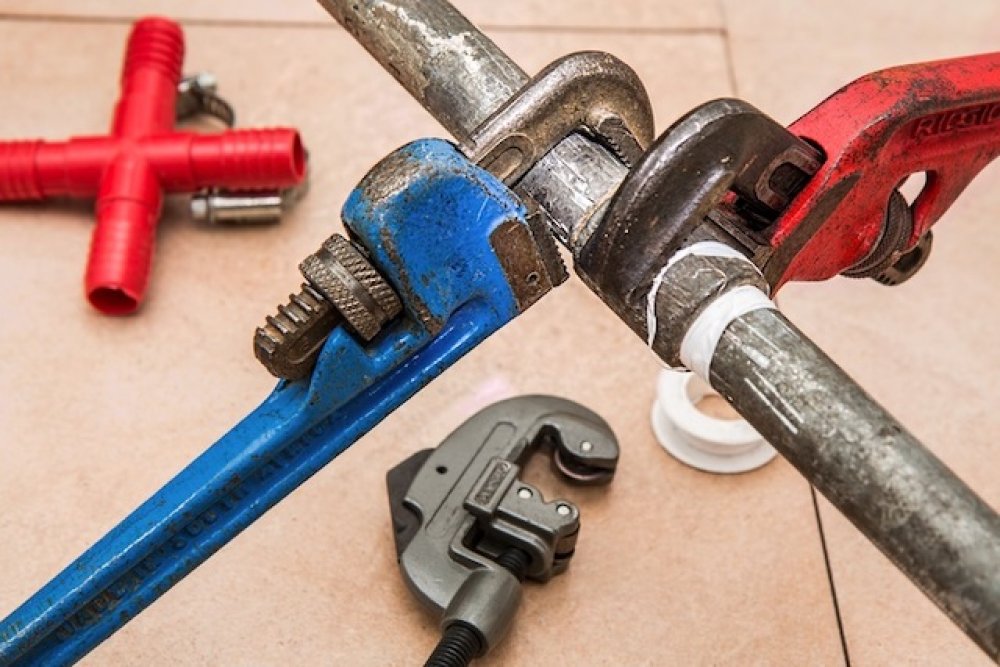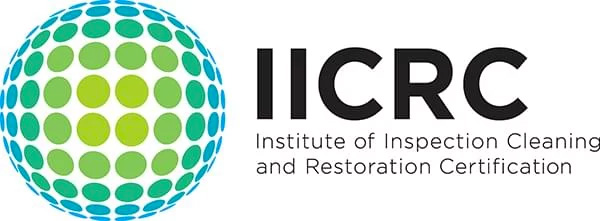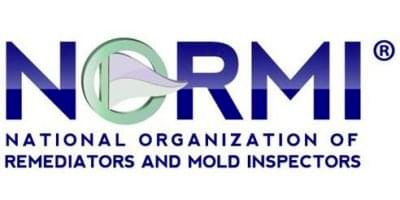The Most Common Causes For Toxic Black Mold In Your Central Florida Home
Mold is a serious issue in many homes. There are negative health effects of exposure to mold spores, including the toxic black mold.
In this article, we'll go over the causes of why you could be tackling a black mold problem in your Central Florida home. After reading this, you'll know the practical steps you can take to counter the mold infestation.
What Are The Health Effects Of Toxic Black Mold?
Some individuals are more sensitive to mold than others. The following list contains some of the potential negative health effects of mold exposure:
- Blocked nose
- Dry cough
- Headaches
- Nosebleeds
- Shortness of breath
- Sore throat
- Wheezing
Mold exposure is especially dangerous for people with weakened immune systems. For example, people undergoing active cancer treatment or transplant patients. The same holds true for anyone with allergies or a preexisting lung condition.
1: Leaky Indoor Plumbing
Does your Central Florida home have leaky pipes?

Not all water leaks result in obvious signs. Sometimes leaks slowly take place over a long period of time. Consider that the pipes are inside the walls as well. A smaller leak could go unnoticed extensively.
Nevertheless, even a tiny amount of water and extra moisture can provide a suitable environment for mold growth. The space inside the walls is especially prone to infestation because mold colonies thrive on moist drywall.
Other times, you are well aware of the leaky plumbing. After drying the affected area, it's important to take care of getting rid of the extra moisture. Take these practical steps:
- Open the windows
- Turn on the fans and/or heaters
- Wipe off any remaining water
- Maintain the plumbing to minimize the risk of new leaks
2: Moisture In The Laundry Room
Laundry rooms are typical places for mold growth. The humidity levels can get high because both the washing machine and dryer contribute to excess moisture. The latter may be counterintuitive, but the dryer emits heat that can increase the humidity too.
The best practice is to regularly check the laundry room for mold growth. Make sure the pipes connected to the washer are in good shape. Also, move the washer and dryer away from the wall. Sometimes decay grows in constricted spaces that are difficult to access.
3: Roof Damage
A damaged roof invites mold growth. Any holes in the roof can contribute to a build-up of excess moisture. The structure holding the roof intact provides plenty of food sources for the mold.
When precipitation enters a home because of roof damage, the mold could easily start to grow. As a part of this process, the insulation and structural beams could receive additional damage from the decay.

Take immediate steps to fix any roof issues. Quick intervention lowers the risk of facing a serious mold infestation. Even if you don't have roof damage right now, it pays to check this part of your home on a regular basis.
4: Inadequate Ventilation
Are your air ducts clean? Clogged air ducts are a common reason behind poor ventilation. When there are debris and grime blocking the ducts, the chance of mildew growth rises. The mold spores will feed on the accumulated dirt while the higher humidity allows the rot colony to constantly expand.
You should change the air filters regularly as well. New filters decrease the risk of mold contamination in your home. Old air filters may create an inviting atmosphere for the mildew because the spores are able to enter different areas in your home.
5: Fatigued Weather Stripping
Weather-stripping keeps water from entering your Central Florida property. Over time, the weather-stripping wears out and loses its ability to protect the home from water damage. That's why you should inspect the stripping from time to time for fatigue that impacts its effectiveness.
Replacing the weather-stripping carries has more benefits than just mold prevention. Updating the seals allows you to cut the heating and cooling loss by a significant amount.
6: Bathroom Fans
Many homeowners don't know that bathroom fans may contribute to attic mold. Usually, bathroom fans vent directly into the attic instead of guiding the air outside. This could raise the moisture levels in the attic and/or soffit areas.

The attic is a place to keep in mind even if there's not an issue with the bathroom fan. The strong temperature differences result in moisture accumulation that can enable mildew growth.
7: Flooding
Flooding is a risk factor for mold development. The proper drying of a home is essential after flood water enters your property. You should use heaters, fans, and dehumidifiers to clear the humidity.
There may be many soaked materials that are ripe for mildew growth. You should remove soaked carpets, drywall, and other porous materials that could harbor toxic mold. Sometimes it may even be necessary to get rid of damaged wall paneling.
Bottom Line: Common Causes Of Toxic Black Mold
Toxic black mold has significant health risks. You want to completely remove the exposure to this mold in your home. It's important to understand the common sources of toxic black mold to take countermeasures. The typical underlying causes of mold growth in your Central Florida home include:
- Leaky pipes
- Laundry room moisture build-up
- Bathroom fans venting into the attic
- Flooding of the home
- Worn out weather-stripping
Check for signs of mold on a regular basis. Maintain the plumbing, weather-stripping, and other areas of your home prone to rot. In case of flooding, take immediate steps to dry all the affected areas. Seek the help of a qualified expert in critical situations.


